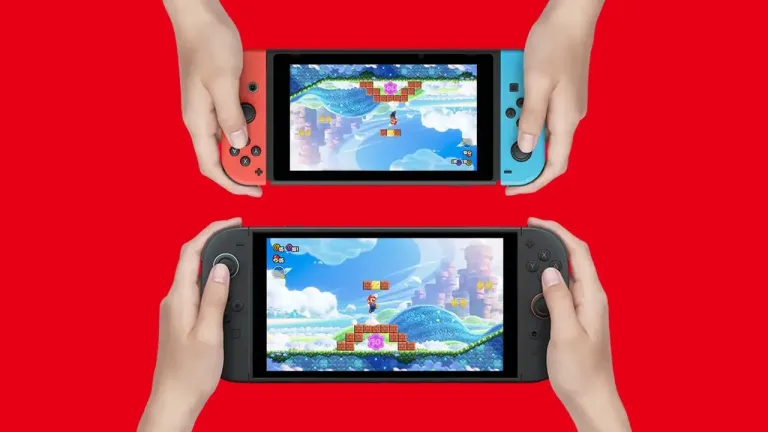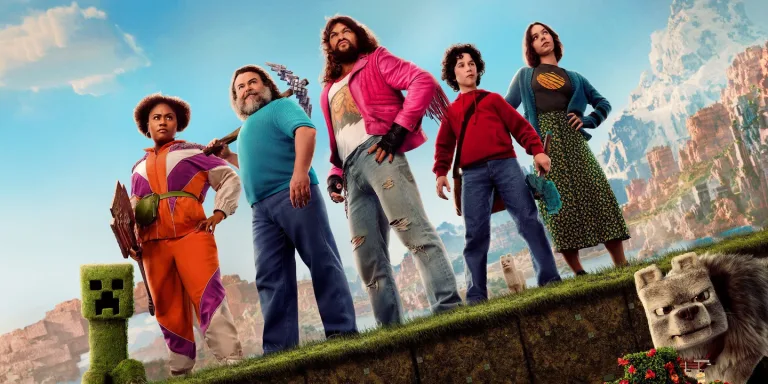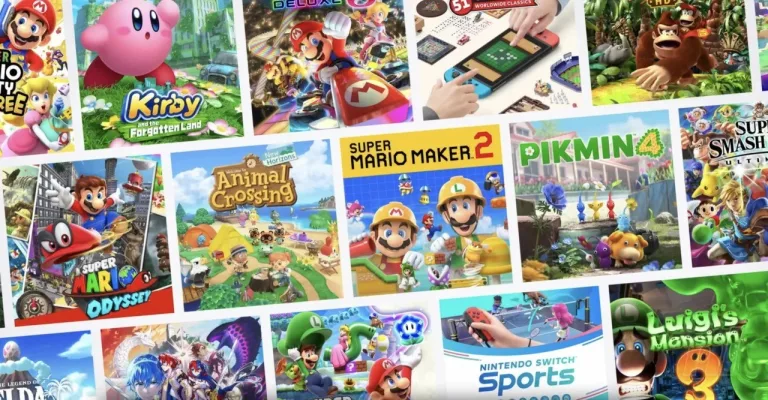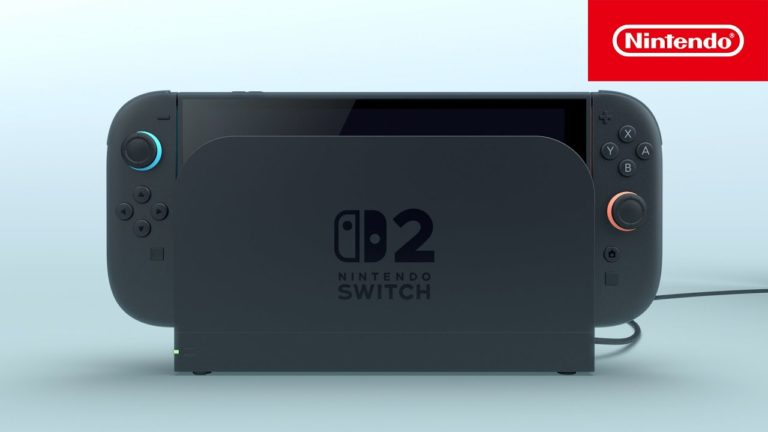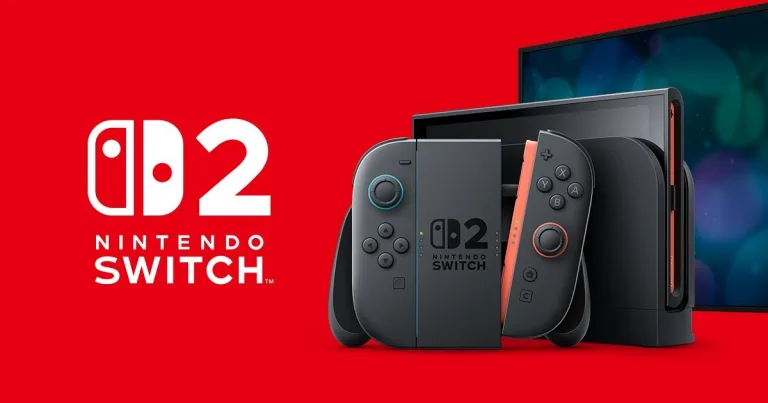I has been a kind of a roller coaster week for the Nintendo segment of gaming fans...
Video Games
Michael Sarnoski, the director behind A Quiet Place: Day One, is set to helm the live-action adaptation...
Despite rumors that the movie was going to be a flaw after early review labelling it too...
Nintendo’s approach to physical game releases for the Switch 2 has sparked discussion among collectors and gamers...
Exploring Nvidia’s Role in the Nintendo Switch 2 Revolution The gaming world is abuzz with excitement as...
FromSoftware, the studio renowned for its genre-defining Soulslike games, has unveiled its latest creation: The Duskbloods. This...
Now doubt that the the gaming world is abuzz with excitement as CD Projekt Red announces the...
The gaming world is abuzz with excitement following Nintendo’s announcement of the Nintendo Switch 2, set to...
The gaming world has just witnessed a monumental moment—the official unveiling of the Nintendo Switch 2! With...
The Metal Gear Solid franchise has long stood as a beacon of storytelling mastery, blending high-stakes espionage...


